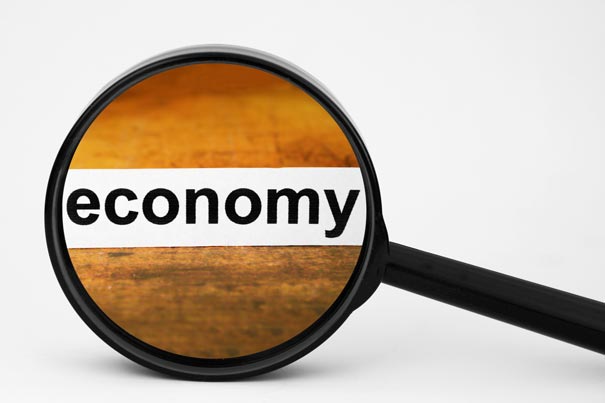The re-election of the Liberal Party-led coalition government (Coalition) in Australian federal elections on 18 May signals broad policy continuity in line with the fiscal priorities announced in April’s pre-election budget, says Fitch Ratings. The Coalition campaigned, among other things, on prudent fiscal management and a goal of achieving an underlying cash surplus next fiscal year, which is consistent with our fiscal assumptions when we affirmed Australia’s ‘AAA’ rating in April.

As such, Fitch continues to expect a return to an underlying cash surplus for the fiscal year ending June 2020 (FY20), marking the first time the federal government has achieved this in 11 years. On a Government Finance Statistics basis, we forecast a federal government deficit of 0.2% of GDP in FY19 followed by a surplus of 0.1% in FY20. General government debt/GDP should fall to 40.8% in FY20 after remaining flat at 41.2% of GDP in FY19.
A commitment to fiscal prudence across the political spectrum is a supporting factor for the country’s ‘AAA’ rating. Nevertheless, a 22pp increase in government debt/GDP since 2010, due to sustained fiscal deficits, has eroded what was once a strength for Australia’s credit profile relative to peers.
Slowing growth remains a key risk to the fiscal outlook. We forecast real GDP growth to decline to 2.0% in 2019 from 2.8% in 2018 amid spillovers from a slowing housing market on dwelling investment and consumption, and sluggish income growth. External risks from rising trade tensions and the potential indirect effects on commodities demand also remain. A sharper-than-expected economic slowdown would affect revenues beyond our current base case and could add to political pressures for more fiscal stimulus.
Positively, the unemployment rate remains low and the labour market has proven resilient, though labour market indicators have softened slightly in recent months in line with our forecasts. A large pipeline of public infrastructure mitigates risks of a sharper slowdown. The implementation of limited personal income tax cuts, as included in the April budget, could also provide some support to growth. However, using some of the recent upswing in revenues makes the fiscal trajectory more sensitive to commodity prices, and GDP and wage growth. Commodity prices have remained buoyant, lifting exports and corporate profits, despite US-China trade ructions and the slowdown in Chinese economic growth.
High household debt remains a risk for both the overall economy and the financial sector. Fitch expects the ongoing house-price correction to remain orderly, with prices declining 5% in 2019, but a sharper correction could exacerbate risks from high household debt. Debt service is low at current interest rates, but households remain vulnerable to a labour market or interest rate shock, although neither is expected in Fitch’s base case. We revised our monetary policy forecast in March and expect the Reserve Bank of Australia to cut its policy rate by 25bp to 1.25% in 2019. We forecast Australian growth to rebound to 2.5% in 2020.
The Coalition will likely continue to require cross-bench support in the Senate to pass legislation, and this could add to risks to the budget outlook and affect policymaking capacity particularly with regards to deeper, productivity-enhancing, medium-term economic reforms.
Australia’s ‘AAA’ rating remains underpinned by robust structural factors including strong governance, high income, proven economic resilience and credible policymaking institutions. The country retains a strong banking sector that is well positioned to handle shocks and a potential growth rate of 2.4%, which is above the ‘AAA’ median.
